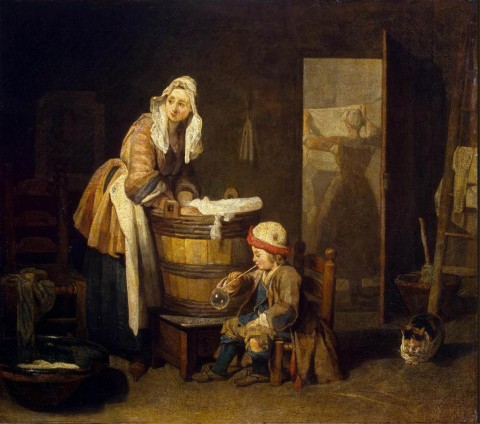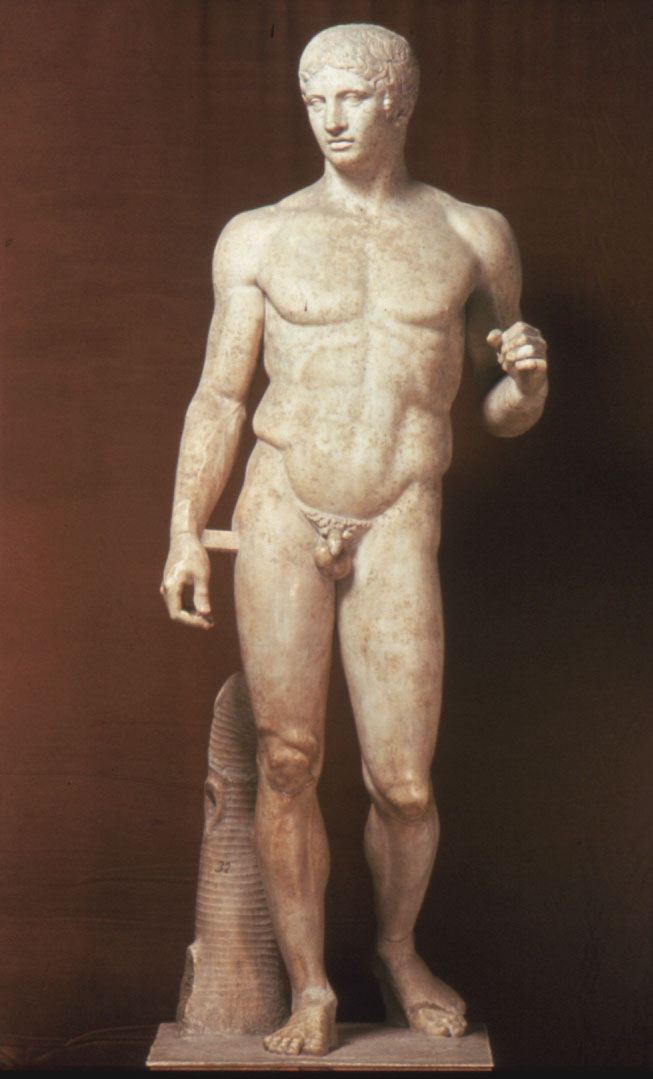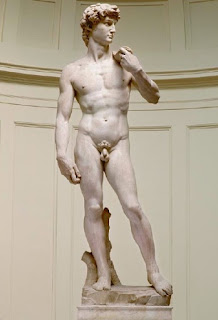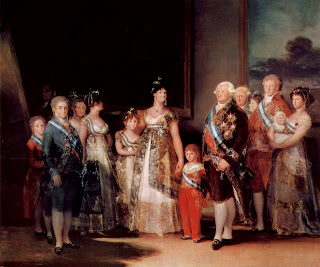Wednesday, May 6th, 2009
Washer Women
I think everyone has some kind of dream in which their worst fears are realized. Apparently, my worst fear revolves around being unprepared to teach an art history lecture. Last night, I dreamed that I went to go visit my past professors at my alma mater. It was the first day of summer term, and I discovered upon arrival that I was slated to teach a course that began that very afternoon! The title of the course seminar was “Washer Women in Art,” and it was supposed to cover all the extant depictions of laundresses. I started to scramble around campus, trying to find materials for the class, but I couldn’t think of any paintings to include in the slide list. I kept thinking, “I can’t think of any paintings of washer women,” and “If any paintings exist, they probably are Dutch from the 17th century.”
Needless to say, I woke up in a panic.
Naturally, I had to find out today if there are any paintings of laundresses. And there are. A lot. (Though not really any Dutch ones from 17th century, much to my subconscious’ chagrin!) Here are a couple of my favorites:
This book points out how the laundress does not wear a hoop skirt or any other fashionable clothing of the Rococo period – Chardin was interested in painting the domestic life of an ordinary French woman.
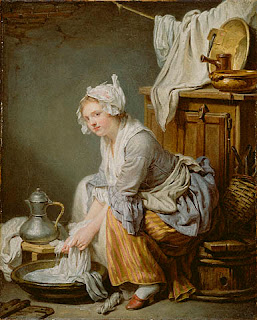 Greuze, The Laundress, 1761
Greuze, The Laundress, 1761
Denis Diederot said of the laundress in this painting, “She’s a rascal I wouldn’t trust an inch.” The Getty has published a whole book about this painting, comparing this provocative laundress to other paintings of laundresses by Greuze.
 Camille Pissarro, Washer Woman, 1880
Camille Pissarro, Washer Woman, 1880
 Martin Driscoll, The Washer Woman. I was not familiar with this contemporary artist before my quest to find laundress paintings, but I think this work is very nice. You can look at more of Driscoll’s paintings on his website. (Thanks to the Anne P, I also learned that this painting is inspired by William Orpen’s “The Wash House” (1905) located at the National Gallery of Ireland.)
Martin Driscoll, The Washer Woman. I was not familiar with this contemporary artist before my quest to find laundress paintings, but I think this work is very nice. You can look at more of Driscoll’s paintings on his website. (Thanks to the Anne P, I also learned that this painting is inspired by William Orpen’s “The Wash House” (1905) located at the National Gallery of Ireland.)
 Degas, Laundresses Carrying Linen in Town, c. 1876-78
Degas, Laundresses Carrying Linen in Town, c. 1876-78
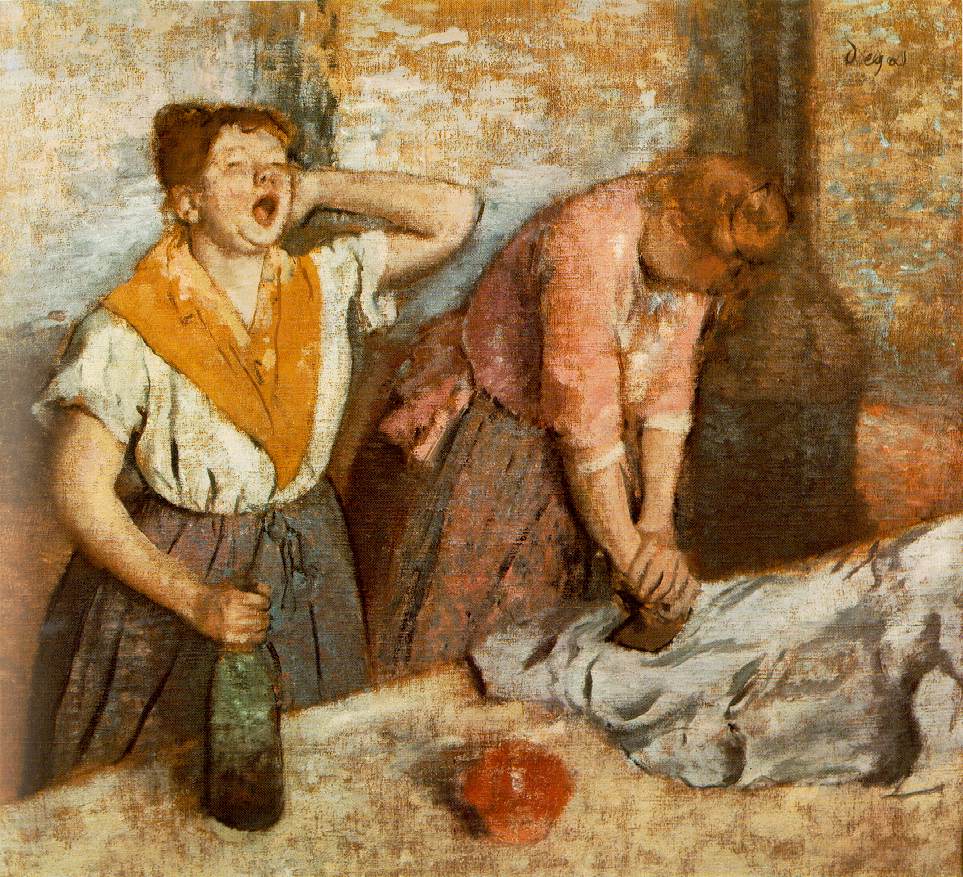 Degas, Women Ironing (Les Rapasseuses), also called “The Laundresses,” 1884
Degas, Women Ironing (Les Rapasseuses), also called “The Laundresses,” 1884
